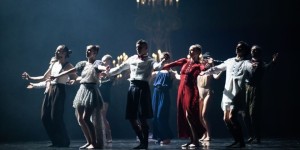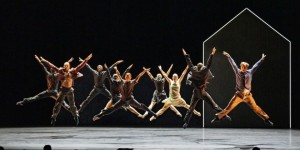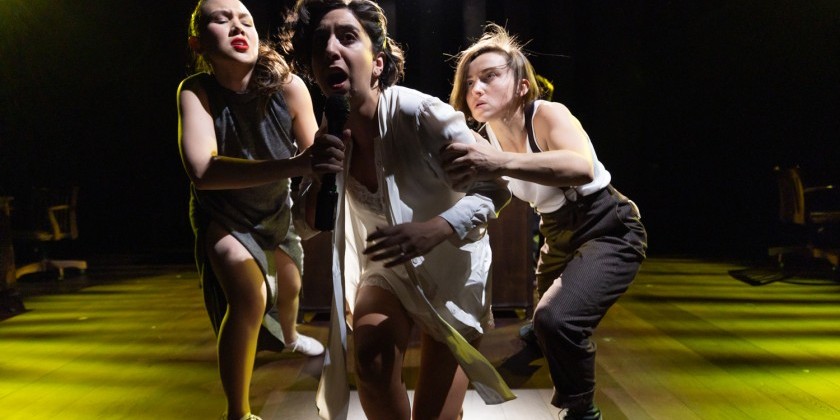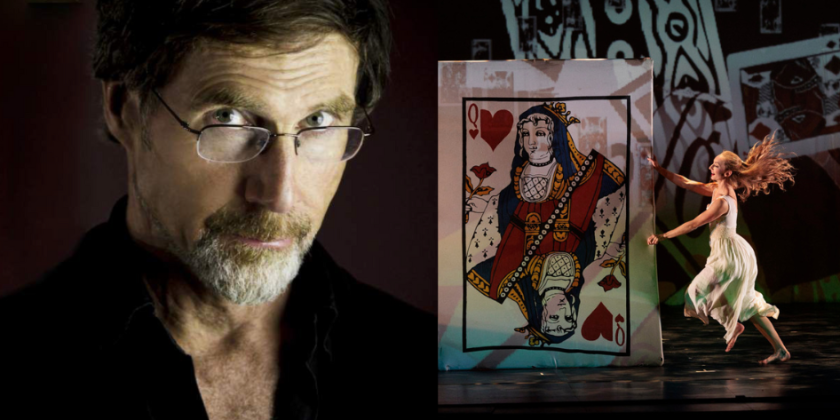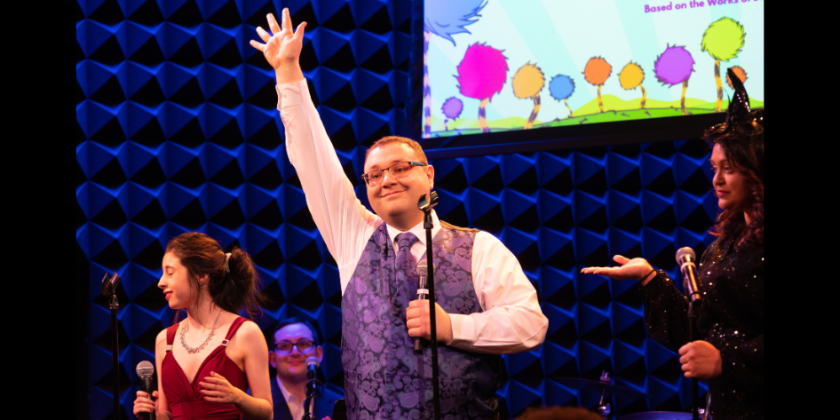THE DANCE ENTHUSIAST ASKS: Amanda Ostuni on Embodying Carmen in Ballet Hispánico's "CARMEN.maquia"
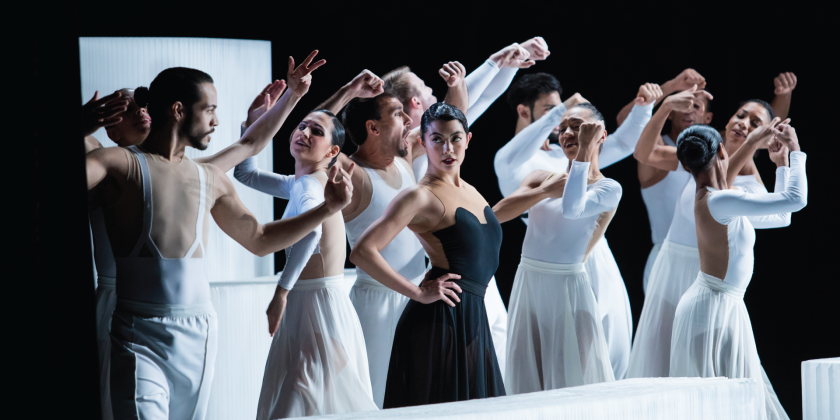
Don't Miss Ballet Hispánico's 2025 Season at New York City Center from May 29 - June 1, 2025
In Ballet Hispánico’s bold and contemporary reimagining Carmen.maquia by choreographer Gustavo Ramírez Sansano, the iconic figure of Carmen is far more than a symbol of seduction — she's a complex, multifaceted woman navigating desire, vulnerability, and defiance. For company dancer Amanda Ostuni, embodying Carmen means tapping into her emotional depths, pushing her physical limits, and channeling her artistic voice.
The Dance Enthusiast’s Theo Boguszewski caught up with Amanda between rehearsals to talk about stepping into Carmen’s shoes, the challenges of Sansano’s demanding choreography, and the resonance this timeless character still holds.
More info about Ballet Hispánico’s upcoming season at City Center can be found HERE.
Theo Boguszewski: What does it mean to you personally and professionally to embody Carmen, such an iconic and complex figure, in Ballet Hispánico’s CARMEN.maquia? How did you prepare yourself for the role?
Amanda Ostuni: To embody Carmen means connecting with different sides of myself and all the different emotions I experience in life. There are many characters within Carmen. She is confident, sensual, evil, playful, and vulnerable at times. She gets put in jail and you see her thinking of how to get out. She playing with Don Jose, flirting, and having her own fun. I feel that in many relationships there is often someone like Carmen, someone who knows what they want and who goes after it, even if it means hurting another person.

As I prepared myself I took inspiration from past Ballet Hispánico "Carmens", and other companies’ productions that I watched on YouTube. I also was inspired by my colleague Amanda Del Valle, with whom I learned the role. I'm always inspired by my co-workers in the room.

Ballet Hispánico in Carmen.maquia. Photo: Paula Lobo
Besides the Ballet Hispánico version, were there other renditions of Carmen that you were particularly enamored with?
I loved The Australian Ballet's version.
Are there elements of Carmen's character that you can relate to?
I have to bring out the confident side of myself to portray Carmen.
Gustavo Ramirez Sansano's choreography is known for its physicality and its innovation. What was the most challenging aspect of learning his choreography?
Definitely the physicality was challenging. I had to explore new ways my body could move, especially within the partnering's intricate, very detailed fast movements. Also, Gustavo is quite musical and getting the musicality just right was difficult. One section in particular, the last duet, a fight between Carmen and Don José, took lots of practice. We'd often accidentally hit each other. Finding the rhythm of the fight and making it look and feel real while keeping each other safe was a challenge. I was sore from all the repetition, but in a good way.
What was it like working directly with Sansano during the restaging process? Did he offer any specific notes or insights that really stuck with you?
It was inspiring and enlightening working with Gustavo. I admire his work a lot. It's always a wonderful treat to work directly and personally with a choreographer and to capture the specifics in the movement that he wants to see. He pushed us, but was also so understanding in the process. I hear his voice in my head when I'm performing.
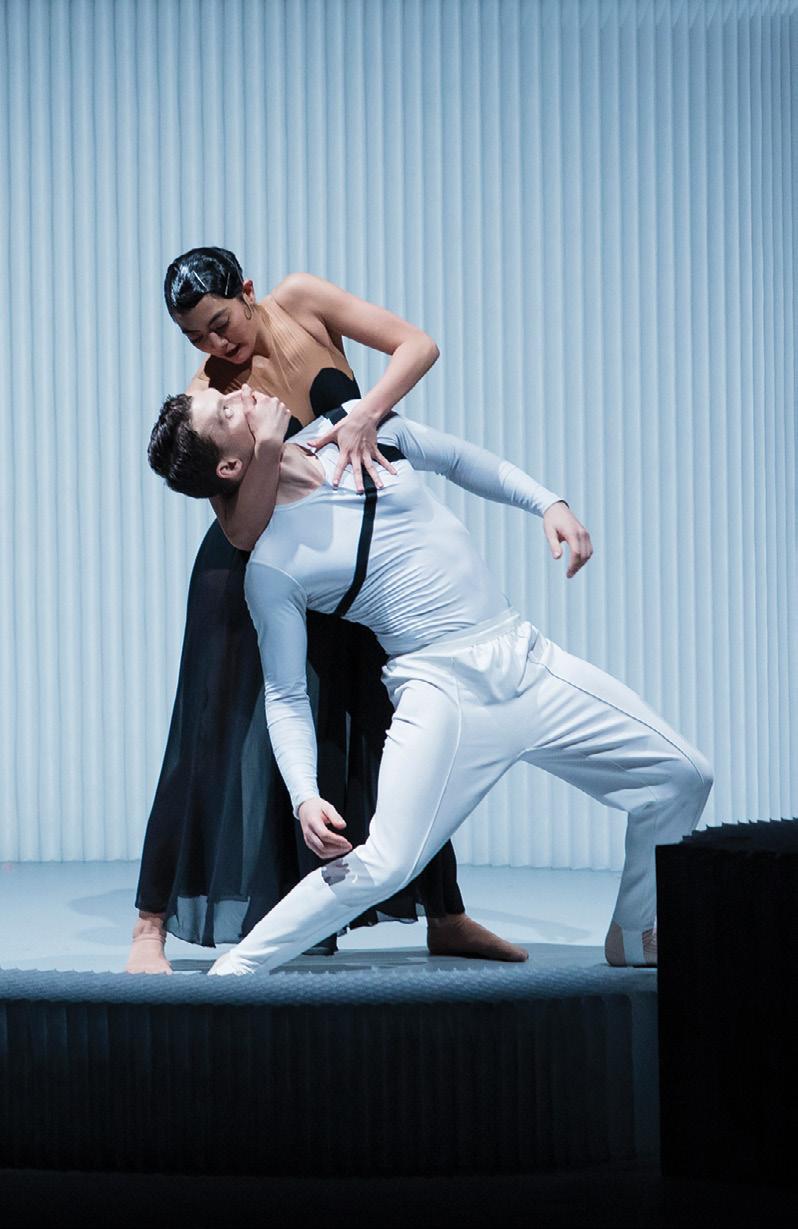
There are elements of Flamenco and Paso Doble in the piece. Did you have prior experience with those dance forms?
I didn’t have any experience before joining Ballet Hispánico, but the repertory that we've done in Hispánico has been my introduction to these styles. It’s added a wonderful new element to my dancing that I've enjoyed learning and exploring.
You’ll be performing in the En Familia Matinee as well — how do you adapt a piece like CARMEN.maquia for younger or more general audiences without losing its emotional intensity?
There are definitely deep and sometimes sexual parts to Carmen, but I feel like the piece can be enjoyed by all audiences. There’s also a lot of humor that can be understood and enjoyed by kids and everyone in the family.
How do you feel like being part of Ballet Hispánico has shaped your identity as an artist?
I've experienced so many wonderful things here. We get to perform such a variety of dance styles. I've never danced much in heels before, until Club Havana. And I love the contemporary work and jazz. I've definitely broadened my movement perspective here.
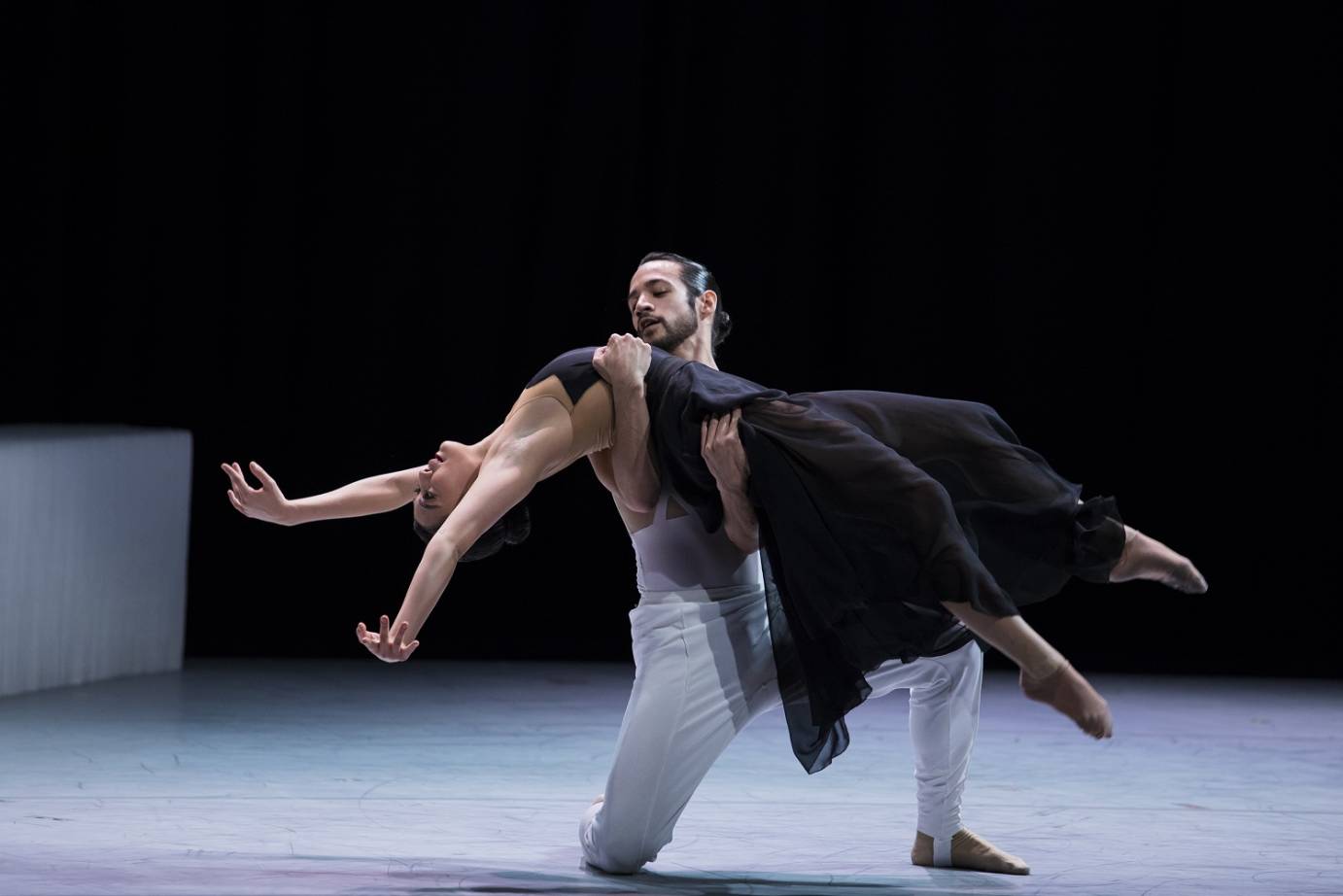
Can you share a little bit just about your history with the company?
I joined in August of 2023 and I’ve loved every second of it. I can't believe that I'm doing Carmen. It's been so amazing. Last year at the gala, I danced the Pas De O’Farrill duet by Pedro Ruiz, which was definitely one of my highlights. I really loved doing 18+1 and now here I am working with Gustavo, who choreographed 18+1. Traveling on tour is awesome. We went to Abu Dhabi last June and we're about to go to Hungary and the United Kingdom next month... and its only my second season!




